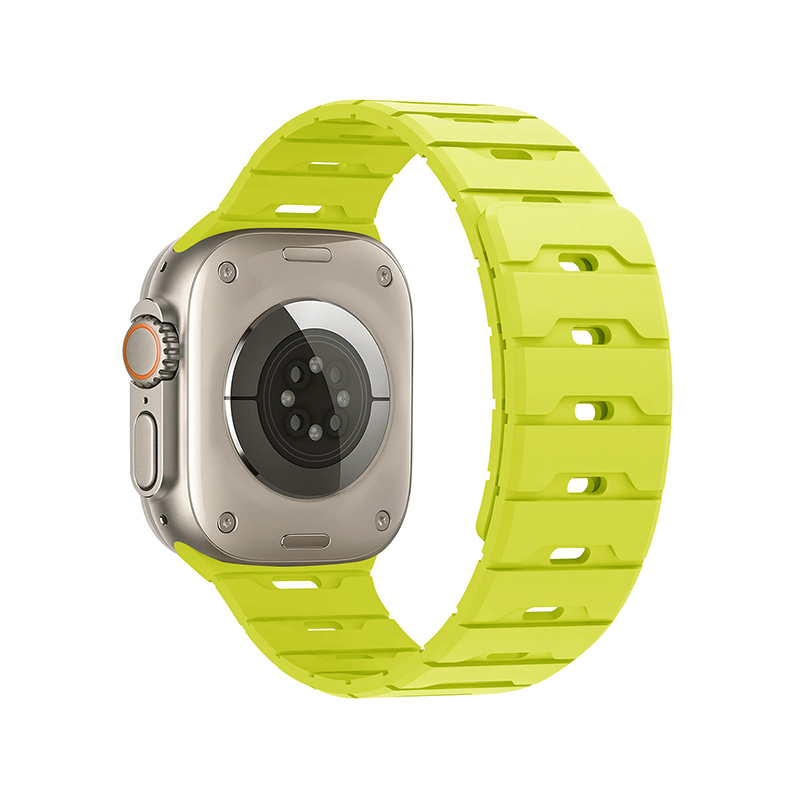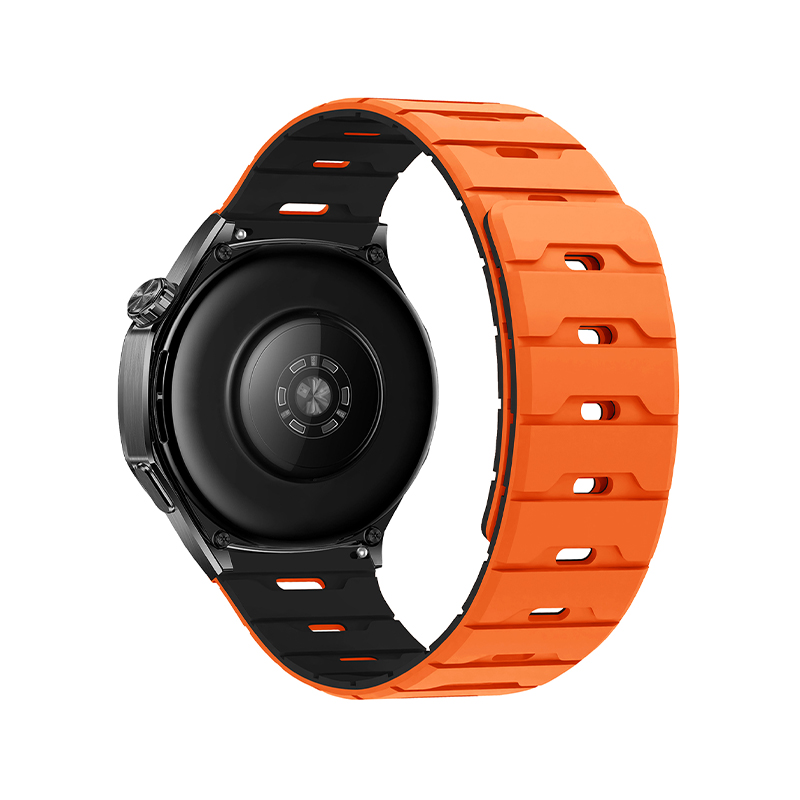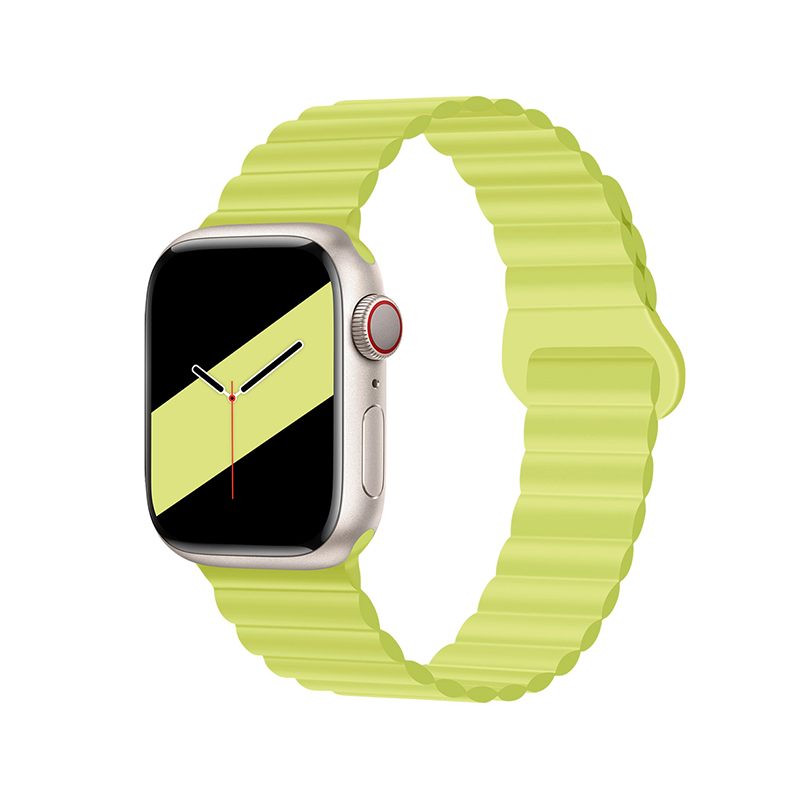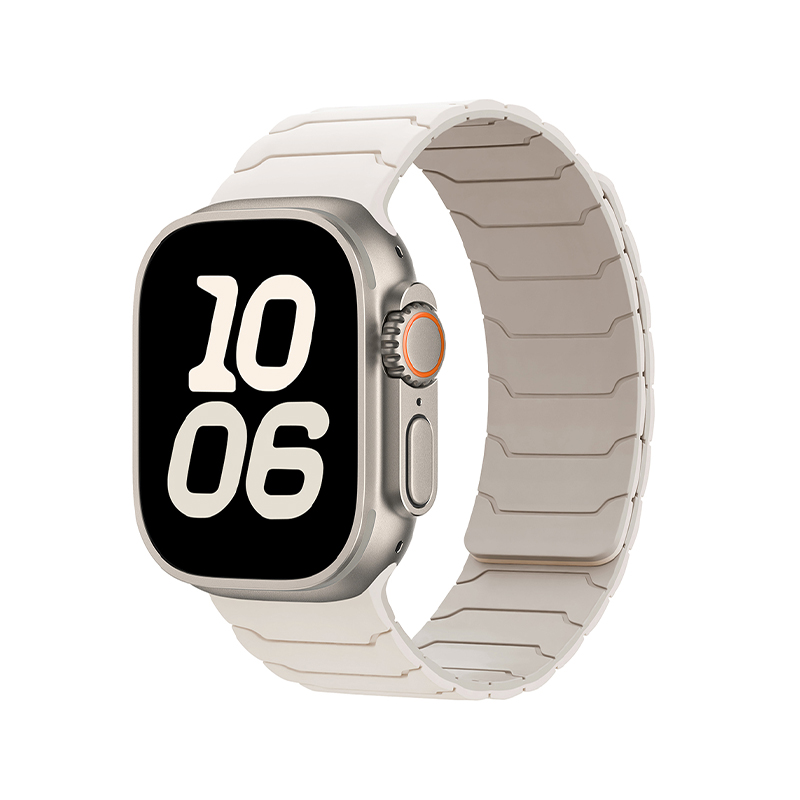Industry News
In recent years, the smartwatch industry has developed rapidly, from a "fresh taste" for technology enthusiasts to a daily wearable device for the public. The following analyzes its industry prospects from the aspects of market size and driving factors.
---
### **Ⅰ. Market size and growth**
- **Global growth rate is stable**: According to data from IDC, Counterpoint and other institutions, the global shipment of smartwatches in 2023 will be about 160 million units, and the compound annual growth rate (CAGR) is expected to remain at 10%-15% from 2023 to 2030. By 2030, the market size is expected to exceed US$30 billion.
- **Regional differences are significant**:
- **North America and Europe**: Mature markets, demand is mainly for high-end products (such as Apple Watch, Garmin).
- **Asia Pacific**: The fastest growth, emerging markets such as China and India are driven by the expansion of the middle class and the rise of local brands (such as Huawei, Xiaomi, Noise).
---
### **Ⅱ. core driving factors**
1. **Upgrade of health monitoring functions**
- Basic functions (heart rate, blood oxygen, sleep monitoring) have become standard, and future trends focus on **medical-grade applications** (such as ECG electrocardiogram, blood pressure, non-invasive blood glucose monitoring).
- Cooperate with medical institutions to develop chronic disease management services (such as atrial fibrillation warning, diabetes monitoring), and promote products from "consumer electronics" to "medical auxiliary equipment".
2. **Growth in demand for sports and fitness**
- Accurate sports tracking (GPS, multi-mode recognition), physical training guidance (such as VO2max monitoring) attract sports enthusiasts.
- Rising demand for outdoor scenes (such as Garmin's solar-powered long-lasting watches).
3. **Smart ecosystem integration**
- As an IoT portal, it is connected with mobile phones, smart homes, and cars (such as Apple Watch unlocking Tesla).
- Mobile payment (NFC) and eSIM independent communication functions improve convenience.
4. **Design and technological innovation**
- Screen technology (AMOLED, Micro-LED), lightweight materials (titanium alloy, ceramics), long battery life (fast charging, low-power chips) improve user experience.
- Operating system optimization (such as Wear OS, HarmonyOS) and third-party application ecosystem expansion (such as WeChat, Spotify).
---
### **Ⅲ. Main challenges**
1. **Homogeneous competition**: Functions in the mid- and low-end markets are converging, and price wars are compressing profit margins.
2. **Technical bottleneck**:
- Sensor accuracy (such as non-invasive blood glucose monitoring is not yet fully mature).
- Battery life: Most products still need to be charged daily, which restricts user experience.
3. **Privacy and data security**: The risk of health data leakage has attracted regulatory attention (such as the EU GDPR).
4. **Competition with alternatives**: Smart bracelets (low price) and traditional luxury watches (high-end) divert some users.
---
### **Ⅳ. future trends and opportunities**
1. **Deepening of medical-grade functions**
- Cooperate with pharmaceutical companies and hospitals to develop chronic disease management solutions and promote the inclusion of products in the medical insurance or health insurance system.
- FDA/CE and other certifications have become the key to differentiation of high-end products.
2. **Vertical market segments**
- **Children's watches**: safe positioning, parental control functions (such as Xiaotiancai).
- **Elderly health monitoring**: fall detection, emergency call.
- **Professional sports field**: diving watches, mountaineering watches (such as Suunto).
3. **Sustainable development**
- Environmentally friendly materials (recycled aluminum, bioplastics) and repairable designs (modular parts) cater to the trend of green consumption.
4. **AI and personalized services**
- AI algorithms provide health advice (such as sleep improvement solutions) and customized exercise plans.
- Combine user data to generate personalized health reports, extending to paid subscription services.
---
### **V. Competition landscape**
- **Top brands dominate high-end**: Apple (market share exceeds 30%), Samsung, and Huawei occupy the high ground of profits by relying on technological barriers and ecological advantages.
- **Differentiated competition in the mid- and low-end**: Xiaomi and Amazfit (Huami) break through with cost-effectiveness, Indian brands Noise and Fire-Bolton seize the local market.
- **Emerging players enter the game**: OPPO, vivo and other mobile phone manufacturers expand their market share through "mobile phone + watch" synergy.
---
### **Summary**
The overall outlook for the smartwatch industry is optimistic. **Health and medical functions** are the core growth engines, while **ecosystem integration** and **personalized services** will become the key to differentiated competition. In the short term, it is necessary to break through technical bottlenecks (such as battery life and sensor accuracy), and in the long term, it is necessary to explore cross-industry cooperation models such as medical care and insurance. There is great potential in emerging markets and sub-sectors (children and the elderly), but manufacturers need to balance innovation investment and cost control to cope with fierce competition.







